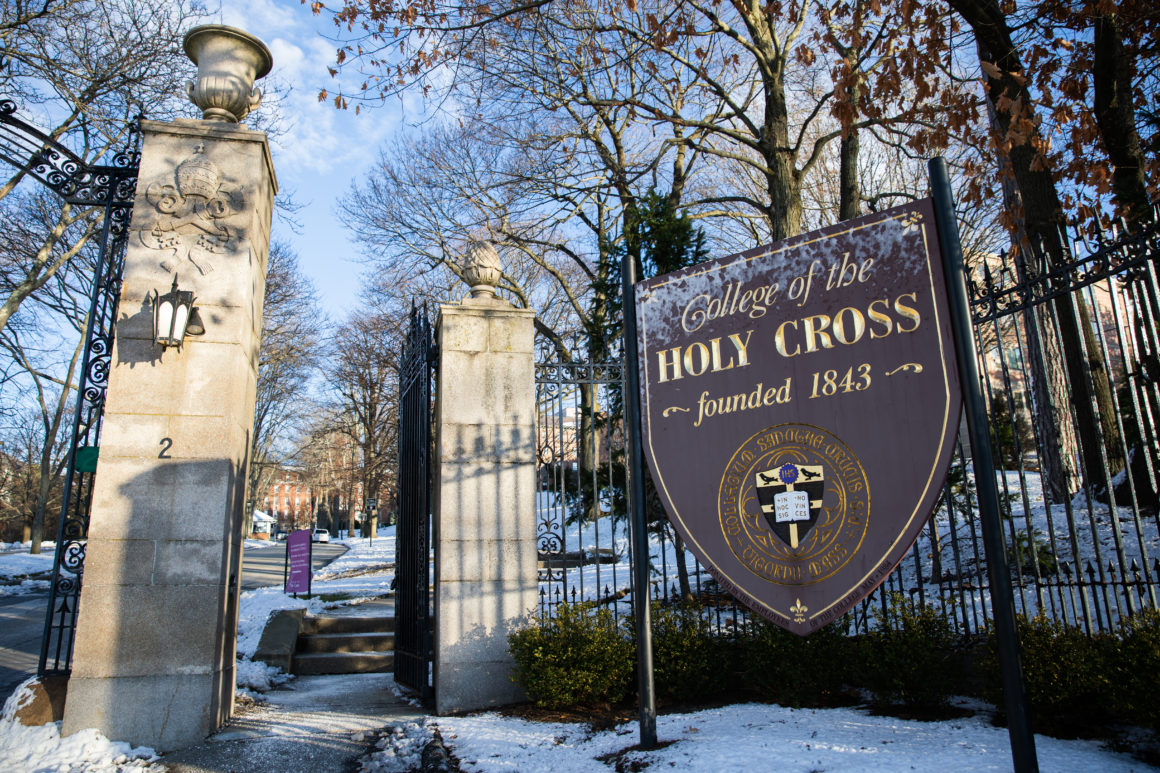
In September, the College sent an email to all students: Anyone experiencing an emergency financial need — from housing insecurity to transportation to books — could complete an online request form and a member of the Student Emergency Aid Committee (SEAC), a newly formed staff group, would be in touch.
"We wanted to make it as easy for students as we could so that they don't have to retell their stories," says Michelle Rosa Martins, director of the Office of Multicultural Education and SEAC co-chair.
"That night, we got a bunch of applications," notes Robin Huntley, SEAC co-chair, student case manager in the Office of Student Affairs and liaison for the Campus Assessment, Response & Education (CARE) Team, which provides coordinated support for students in distress.
Every student who submits a form to the SEAC receives a response. "We don't let go of the student request until it gets closed," Rosa Martins says.
This one-student-at-a-time approach allows the team to pull in other supports as needed, such as the Counseling Center or academic support resources, says Amit Taneja, associate provost for diversity, equity and inclusion, who led the SEAC's formation. He notes that "often the emergencies linger on and can have a detrimental impact on the student's academic progress."
Funding emergency student needs that fall outside traditional financial aid is not new — the College has a long history of meeting these requests, supported by alumni and various campus departments, Rosa Martins notes. But centralizing the process under a team who can research available options is a game-changer that puts the student experience first, she says.
"When someone is in need, it doesn't help for them to have to relive that need and re-ask ... it's a lot of emotional labor," she explains. "Sometimes that will stop students from getting the care that they need."
"We don't want the students to ping-pong; it's not fair to them," Huntley adds. "And it doesn't have to be an ask between the hours of 8 and 5. You can be on the website at midnight." The form also gives faculty and staff a simple place to direct students if they raise concerns about financial needs.
"Students sometimes have to deal with expected and unexpected financial drains, such as a death in the family, which might require an immediate response," Taneja says. "To be a truly diverse and inclusive campus, we need to be prepared to meet the unique needs of each of our students."
Six staff members — from the offices of multicultural education, student affairs, financial aid, diversity, equity and inclusion, and College chaplains, as well as the Jesuit community — comprise the committee. Rosa Martins says the student-centered collaboration across divisions has been a powerful part of the SEAC's success.
"Much of what we've seen this semester are requests for funding for academic support," Rosa Martins says. These needs include anything from Internet access to higher-quality microphones for theatre or art assignments — all crucial for success in the remote learning environment.
Rosa Martins says the College's extensive lending library — with more than 1,500 textbooks students in need can borrow for a semester — has been invaluable. If the SEAC purchases a book for a student, the title is donated to the lending library once the semester is over — further expanding this resource.
Graduate school application and entrance exam fees are also common needs. "Funds to take the GRE or MCAT are not 'emergencies' per se but, nonetheless, they can be a barrier for our lower-income students to live up to their full potential," says Taneja, who hopes to grow funding for these types of requests.
The committee meets monthly to plan and anticipate barriers students might experience, which also helps them communicate needs to donors. "In order to reach a state of equity, you have to identify the gaps that exist so you can create systems to fill those gaps," Rosa Martins says.
"The SEAC is one way we exemplify our larger commitment to cura personalis: care for the whole person," Taneja emphasizes.
"This is where we need to be focusing our work — so students can be present, they can thrive and they can be successful while being their whole self, while feeling like we are partners walking alongside them in the process," Rosa Martins says. "That is my hope and that's my expectation for living the mission through this committee."
Written by Meredith Fidrocki for the Winter 2021 issue of Holy Cross Magazine.
About Holy Cross Magazine
Holy Cross Magazine (HCM) is the quarterly alumni publication of the College of the Holy Cross. The award-winning publication is mailed to alumni and friends of the College and includes intriguing profiles, make-you-think features, alumni news, exclusive photos and more. Visit magazine.holycross.edu/about to contact HCM, submit alumni class notes, milestones, or letters to the editor.
College Launches Student Emergency Aid Committee
New group uses student-focused approach to centralize, simplify emergency funding requests
Read Time
4 Minutes


